
Laptops are becoming thinner and thinner every generation. Their performance has also becoming up-to-par to a desktop PC. So it’s kind of baffling that one would want a hulking notebook to lug around.
Enter the MSI GT75VR 7RF Titan Pro, one of MSI’s top-of-the-line notebooks in their GT range. It’s both a Titan in name and in size. At 4.56kg, this isn’t exactly the lightest gaming notebook in the world. But let’s find out why MSI decided to indict the Titan name on this machine.
MSI GT75VR 7RF Titan Pro

| CPU | Up to 7th Gen. Intel® Core™ i7 processor |
| OS | Windows 10 Home |
| Windows 10 Pro | |
| Display | 17.3″ FHD (1920×1080), 120Hz, 3ms, Wide-View |
| Chipset | Intel® CM238 |
| Graphics | GeForce® GTX 1080 with 8GB GDDR5X |
| Memory | DDR4-2400, 4 Slots, Max 64GB |
| Storage | SSD |
| 1x M.2 SSD (SATA) | |
| 2x M.2 SSD Combo (NVMe PCIe Gen3 x4 / SATA ) | |
| HDD | |
| 1x 2.5″ SATA HDD | |
| Internet Connection | Killer MultiGiG 10Gbps LAN |
| Killer ac Wi-Fi + Bluetooth v4.1 | |
| Audio | 2x 3W Speaker |
| 1x 5W Woofer | |
| I/O Ports | 1x Type-C (USB3.1 Gen2 / DP / Thunderbolt™3) |
| 5x Type-A USB3.0 | |
| 1x RJ45 | |
| 1x SD (XC/HC) | |
| 1x (4K @ 60Hz) HDMI | |
| 1x Mini-DisplayPort | |
| Battery | 8-Cell, 75Whr |
| AC Adapter | 330W |
| Dimensions | 428 x 314 x31 – 58mm |
| Weight | 4.56kg |
Up close with the MSI GT75VR 7RF Titan Pro
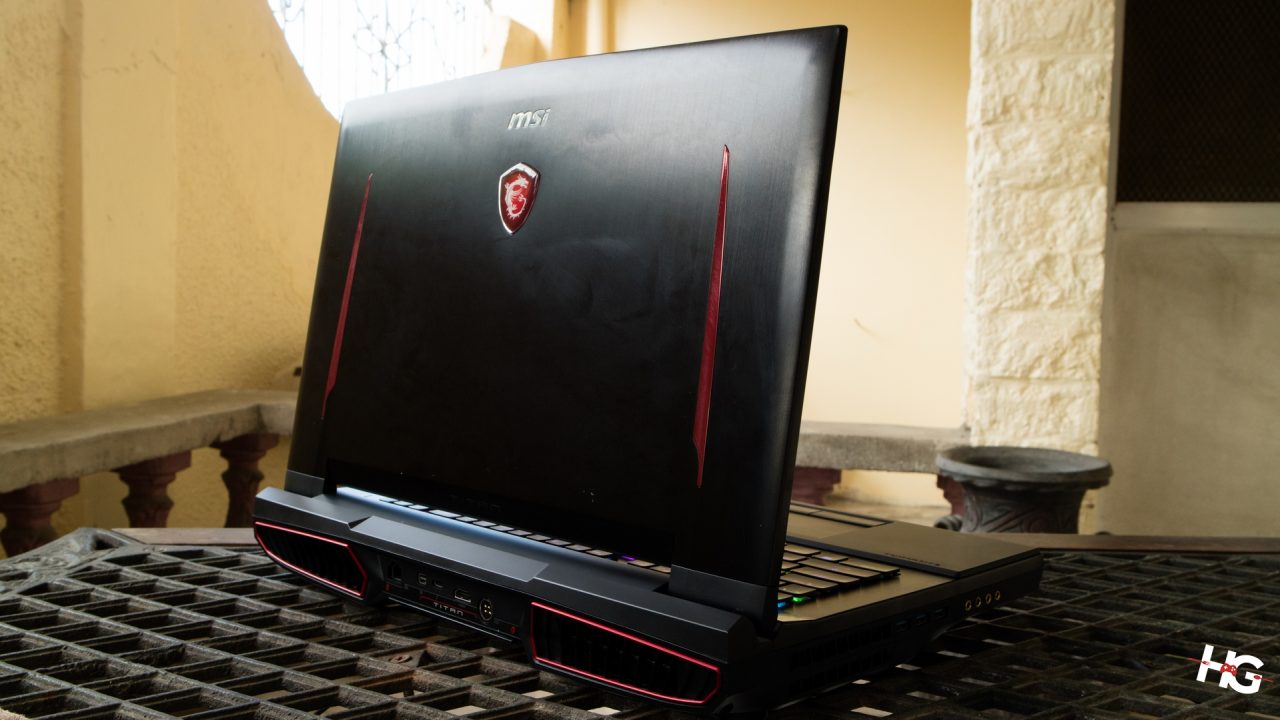
Living up to its name, the GT75VR 7RF Titan Pro (which we’ll now call the Titan Pro because saying GT75VR 7RF isn’t as catchy) is a gigantic beast much like the Acer Predator 21X and ASUS ROG GX800. At 4.56kg and measuring 428 x 314 x 58mm, the Titan Pro would probably break your back in the long run.
As with most of MSI’s gaming notebooks, the Titan Pro’s design is reminiscent of a certain Italian sports car. It’s sleek lines and aluminum chassis is only broken up by a cluttering of buttons, ports, and exhaust ports. The aluminum shell does show a bit of fingerprints especially in bright lighting, but it’s an easy wipe or two to restore the Titan Pro’s magnificent looks.
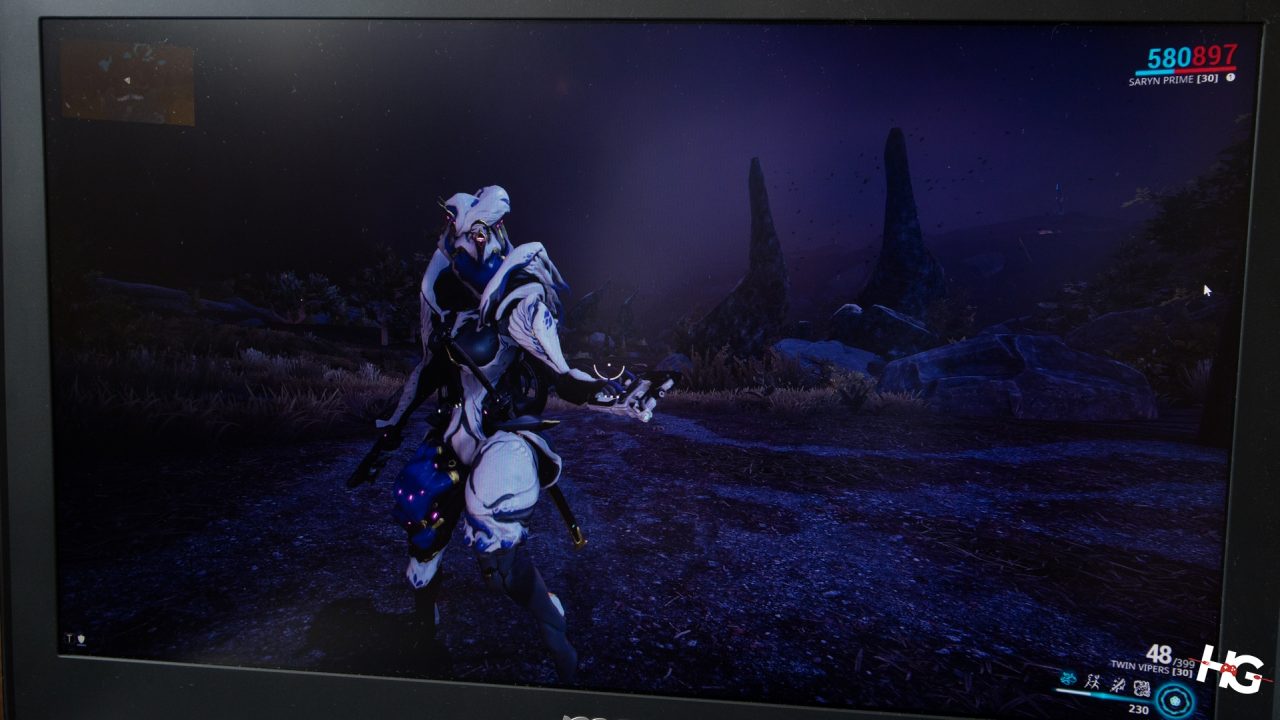
The Titan Pro’s display is an Twisted-Nematic (TN) 17.3-inch 1920 x 1080 120Hz screen with a 3ms response time and NVIDIA GSync, though you could also find a UHD variant. We like the 120Hz screen as it delivers smooth gaming performance compared to your normal 60Hz display. Screen tearing has also been eliminated from the formula with the inclusion of GSync, which allows the display to follow the refresh rate of the game.
The TN display, however, does some disservice to the gaming experience as it does give some obvious color shift in some angles. Colors are a bit muted which is also expected from a display with this kind of panel. Brightness is a bit of a downside as well since we’ve had some trouble viewing the screen when the sun is out and about.
Inside the Titan Pro is a single NVIDIA GeForce GTX 1080 paired with an overclockable 4-core, 8-thread Intel i7-7820HK with a base clock of 3.6GHz with two 16GB DDR4 SODIMMs running at 2400MHz for a total of 32GB of memory.
Depending on the model you’ll be getting, you can have up to two M.2 SSDs (NVMe and SATA) and a single SATA HDD. Our variant, oddly enough, came with a single Toshiba HG6 256GB NVMe M.2 drive and two HGST HDDs for a total of 1.5TB of HDD space.
Audio is powered by bottom-firing Dynaudio speakers (two 3W speakers and a single 5w woofer). Volume won’t be a problem with the Titan Pro as the speakers are surprisingly loud. Details are not lost in translation with bass taking center stage.

The I/O ports of the Titan Pro is cluttered all over the place, the left-hand side houses three USB 3.1 Gen1 ports and four gold-plated 3.5mm audio jacks.
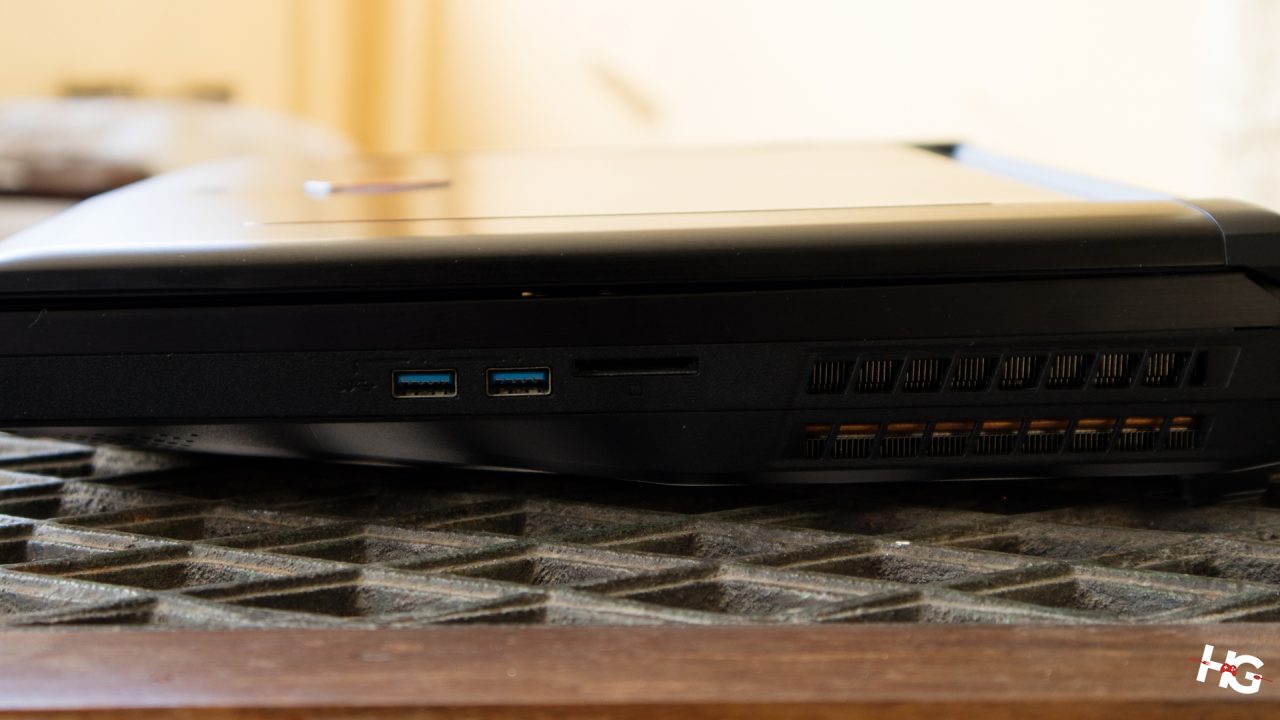
Flipping over on the right-hand side are two more USB 3.1 Gen1 ports, and a microSD reader.

At the back is a single USB 3.1 Gen2 Type-C port, an HDMI port, a mini-DisplayPort, an RJ-45 slot, and the charging port.
Despite being all over the place, the placement of the display, Ethernet, and charging ports does mean that these cables would most likely be out of the way and won’t interrupt your gaming experience.
The Titan Pro’s WiFi connection is delivered, much like most of their gaming notebooks, by Killer. The 2×2 MU-MIMO AC 1535 controller by Killer can get bandwidth speeds just shy of 110MBps. This should allow you to transfer data over your personal network without too much of a hassle.

No doubt that the Titan Pro’s keyboard is one of its selling points. Behind the almost-full-sized keyboard of the notebook are low profile Kailh Blue switches. The switches have a total of 3.00mm travel with a 1.5mm of actuation distance. Based on our experience, the keyboard does sound like a Blue switch. Although they do feel a bit mushy and the click isn’t as pronounced compared to full-fledged mechanical keyboards. Despite that, they still offer a decent typing experience especially over the butterfly switches found on most laptop keyboards.
Nowadays, devices can only be called gaming if they have RGB lighting. The keyboard of the Titan Pro has been partnered with SteelSeries and does support per-key RGB lighting instead of diffusers on older RGB models.
Most of the characters are evenly lit up although some of the legends on the keyboard are only pad printed (such as the brightness controls on the arrow keys), which means that light won’t travel through them. Despite that, the RGB lighting of the Titan Pro’s keyboard still offers a good brightness and color options.
The keyboard’s RGB lighting can be customized via the SteelSeries Engine 3, which we’ll talk about on the Software section of these review.
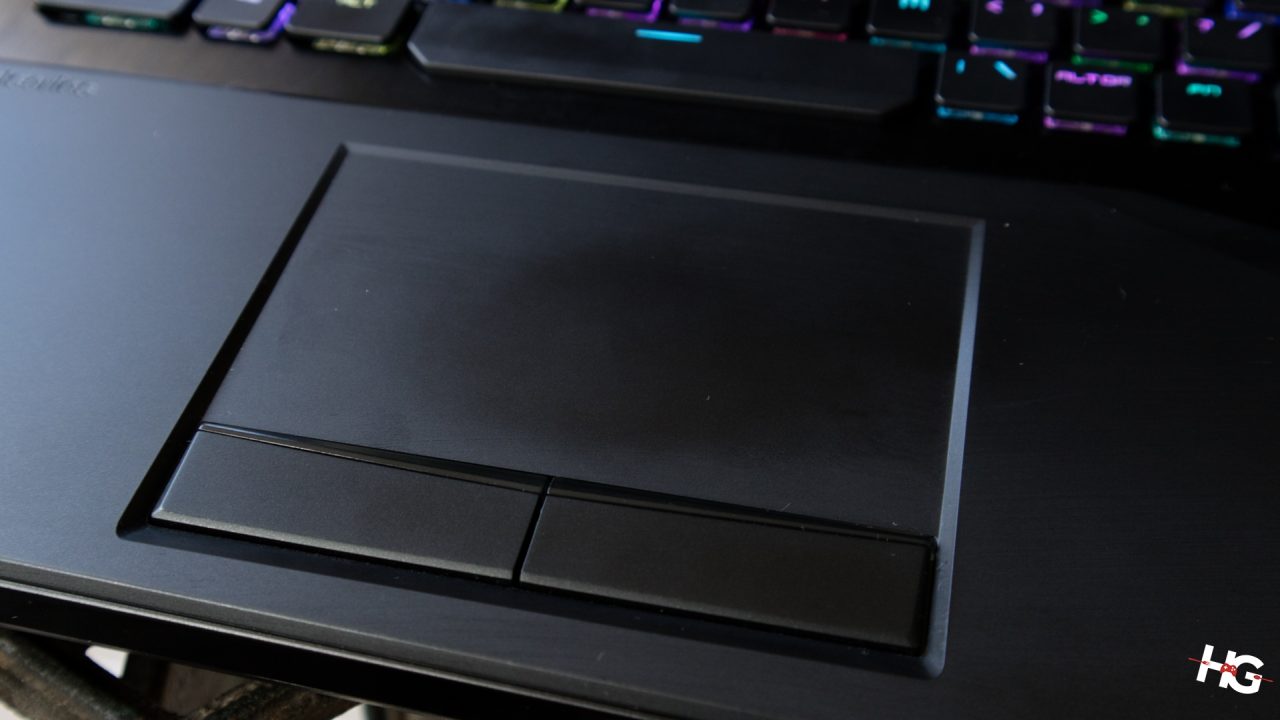
The touch pad on the Titan Pro is nice and large while remaining smooth and even all throughout the surface unlike the MSI GE72 7RE Apache. The left- and right-click also use the Kailh Blue switches on the keyboard.
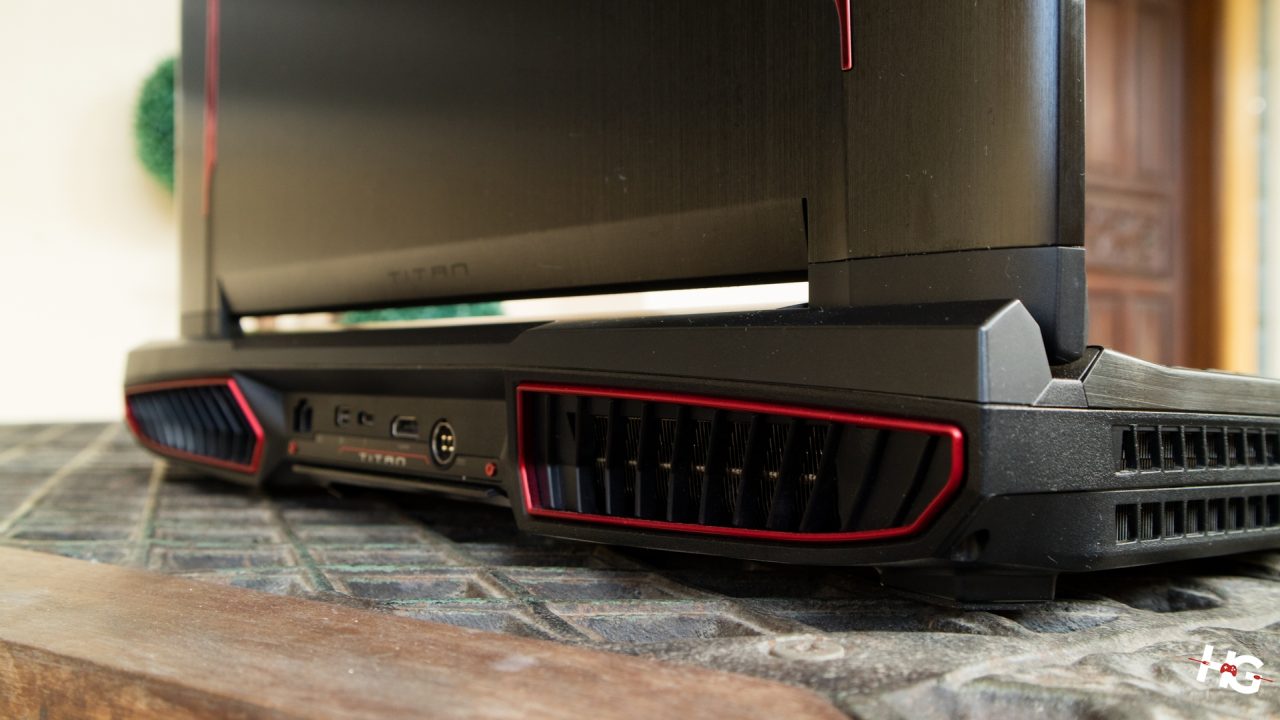
The Titan Pro uses MSI’s Cooler Boost Titan cooling solution to allow the Intel Core i7-7820HK to reach 3.8GHz to 4.2GHz, depending on the situation, via the Shift Turbo mode that can be enabled from MSI’s Dragon Center. This overclockability as well as the desktop-class NVIDIA GeForce GTX 1080 means that the Titan Pro is a Titan not just in specs but in size.
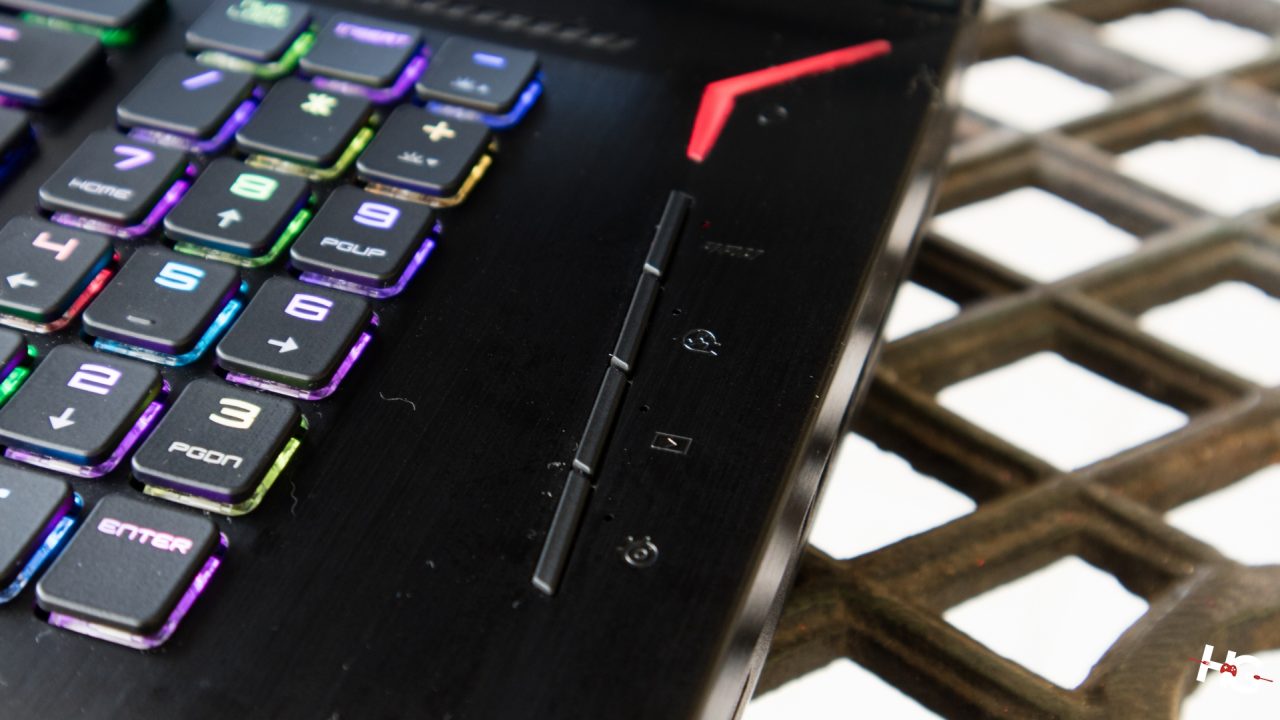
If you ever find yourself in a situation where the internals of the Titan Pro is getting too hot for you, then you can put the fans in turbo via the Cooler Boost button found on the right-hand side of the keyboard. This would also mean that the fans would be incredibly loud even for a gaming notebook.
Software
As with most of MSI’s products, the Titan Pro comes with a suite of programs to help you maximize the potential of the device.
MSI Dragon Center
The MSI Dragon Center is arguably the beating heart of MSI’s software suit. Here you can monitor performance and system usage, make shortcuts to your favorite programs, set different profiles of performance depending on your workload, as well as connect your notebook to your smartphone for remote monitoring.
MSI True Color
If the default color setting of the display doesn’t suite your preference, MSI has already put it different modes on the MSI True Color app. Of course, you can set your own adjustments to the color, temperature, and brightness of the screen. You can also set different modes on different applications. So let’s say you launched Rise of the Tomb Raider, the MSI True Color app will automatically switch to the display profile that you’ve set to that particular program. A handy feature, especially if you’re jumping from a game to a video editing software.
Nahimic
You can customize your audio settings via MSI’s Nahimic. From here you can set different profiles as well as make your own equalizer profiles. You can also enable the Nahimic Sound Tracker, which displays a little compass on your game and will tell you where sound like gunfire and footsteps are coming from. Although this feature only works on a few games, it is still helpful when you find a game that it is compatible with.
Killer Control Center
The Killer Control Center allows you to monitor data usage of individual programs in your notebook. This is especially helpful if you’re trying to find the bandwidth hog that’s ruining the ping of your game. The program comes with a built-in WiFi Analyzer that allows you to optimize the WiFi connection of the notebook for a better online gaming experience.
SteelSeries 3
SteelSeries 3 lets you to customize the RGB lighting of the keyboard as well as set custom macros. It’s fairly basic, each key can be customized depending on your preference. Longtime effects such as Steady, Reactive, and Breathe has been implemented in order for you to fully customize the RGB lighting of the Titan Pro. There are also default templates on the right-hand side if you’re particularly lazy in the design of your RGB lighting.
Battery Life
Based on our daily use of the Titan Pro, it was able to last around 2 hours and 30 minutes of office work. As far as gaming with the battery, you’d probably not last long. On our run, we were only able to last around 45 minutes of gaming, which is just enough for a round of PLAYERUNKNOWN’S BATTLEGROUNDS. You’d be better off being plugged to avoid cutting short your game time.
Benchmarks
We ran the GT75VR 7RF Titan Pro through our usual suite of benchmarks programs and games. To bring out the full performance of the notebook, all benchmarks were run when the notebook was plugged-in to an electrical outlet.
As far as gaming goes, we only stuck with the base 1920 x 1080 resolution as it’s the panel supplied with the Titan Pro.
System Benchmarks
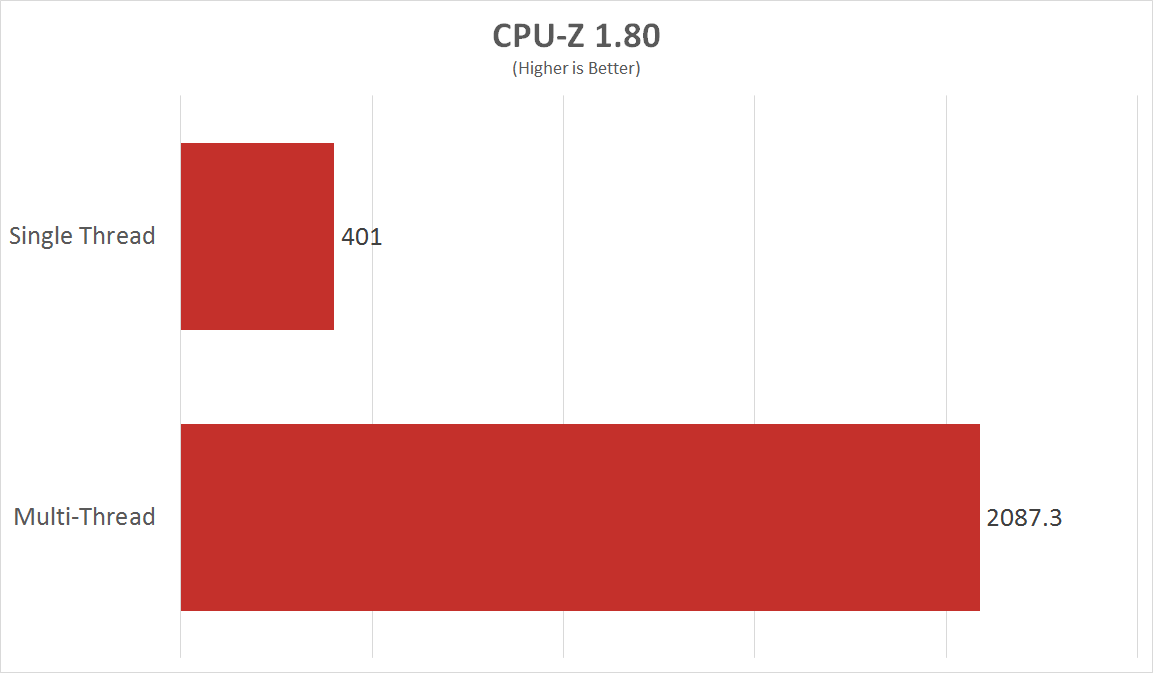
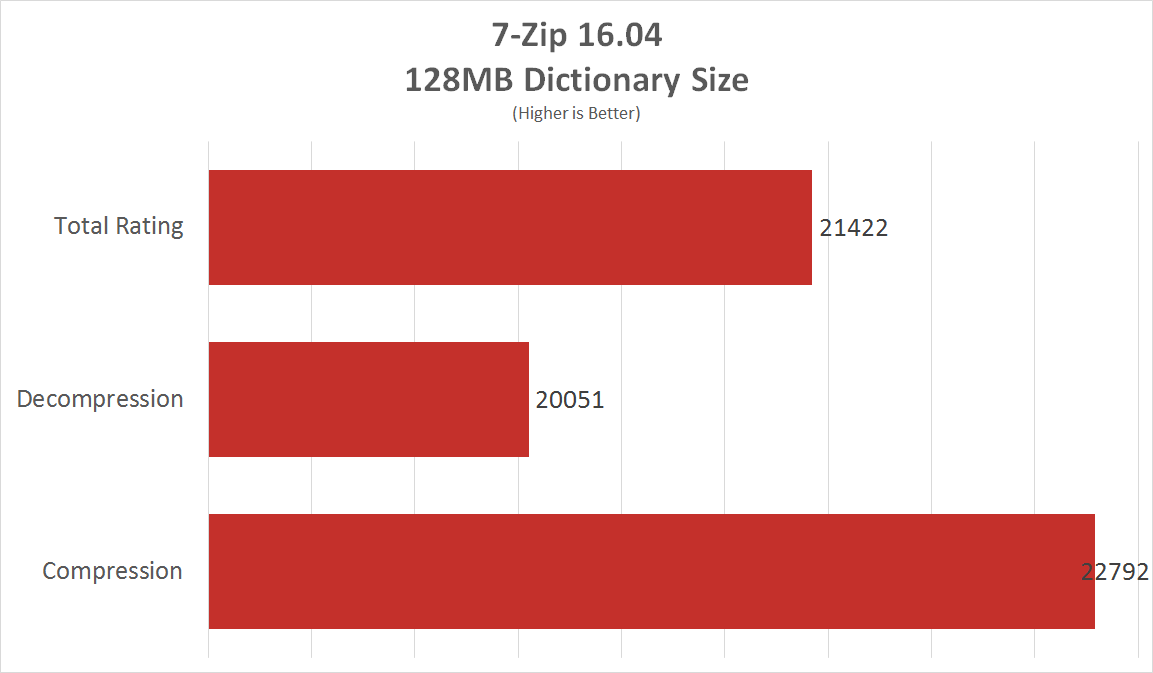
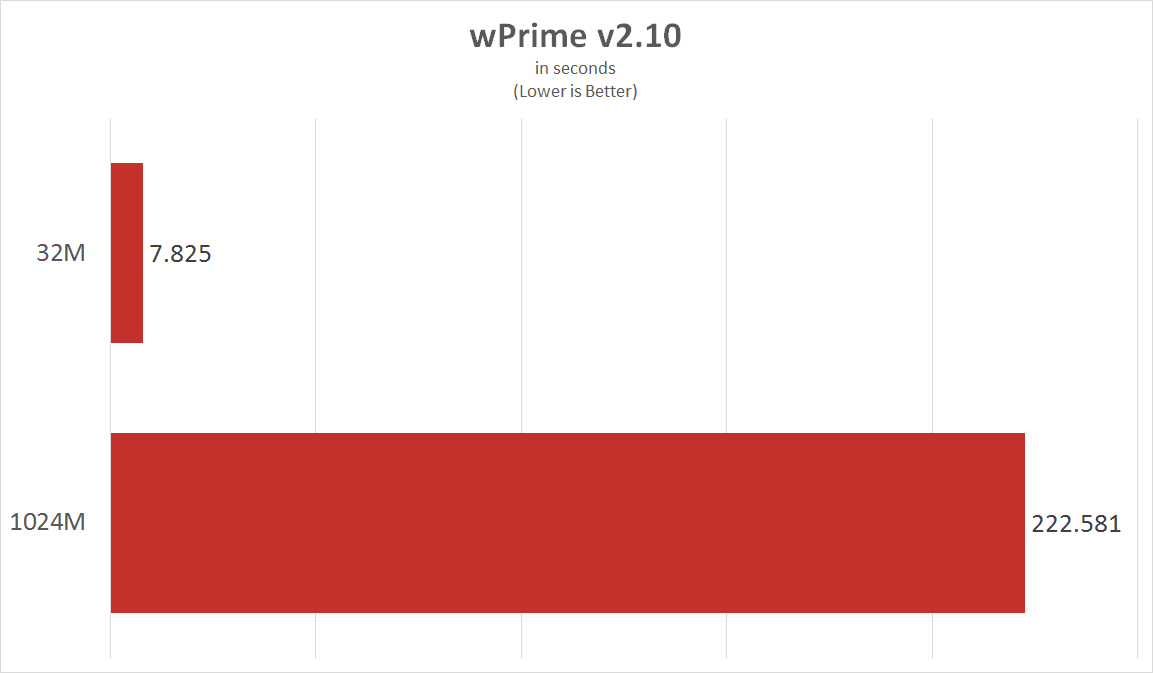
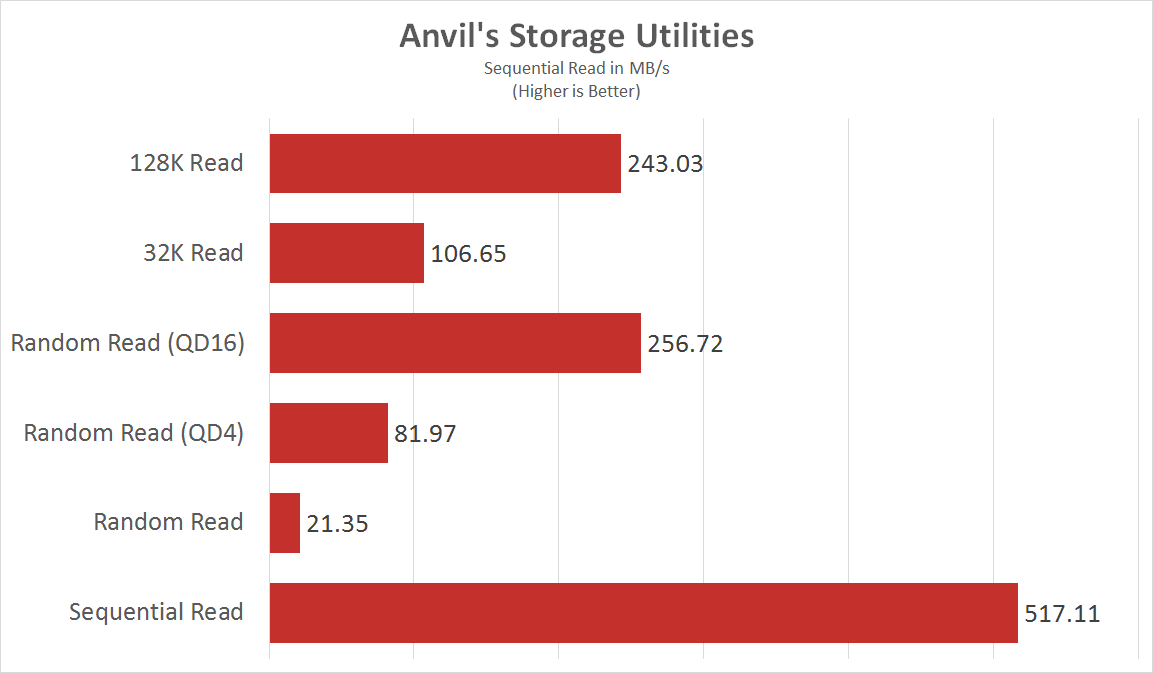
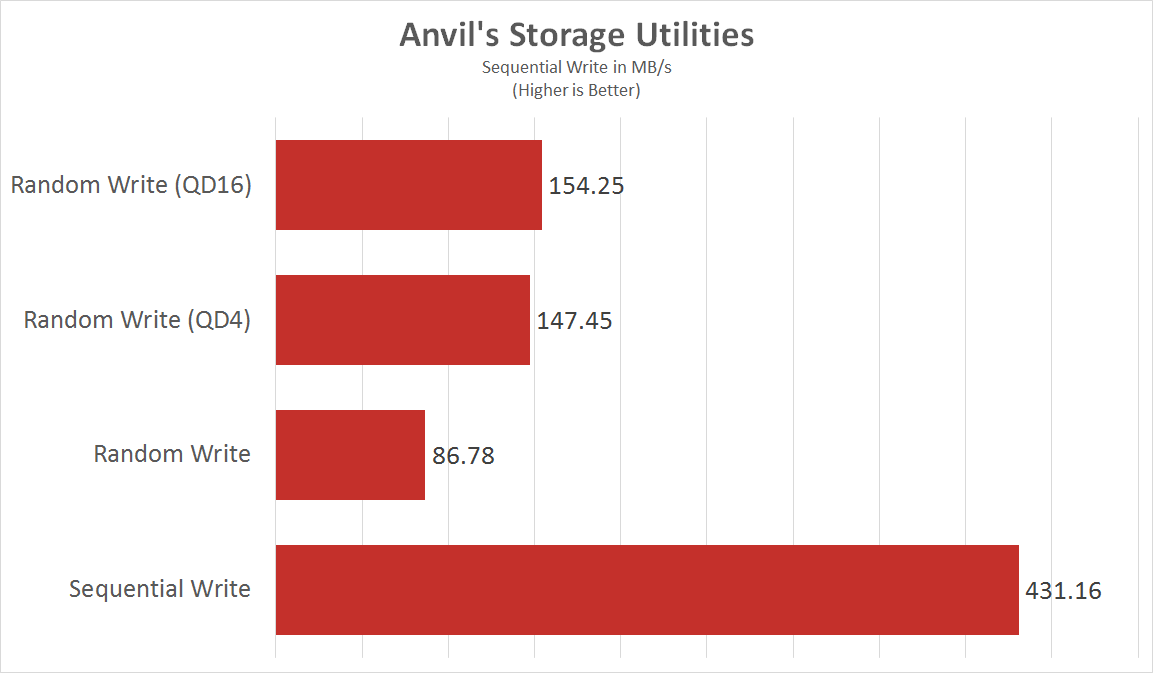
Gaming Benchmarks
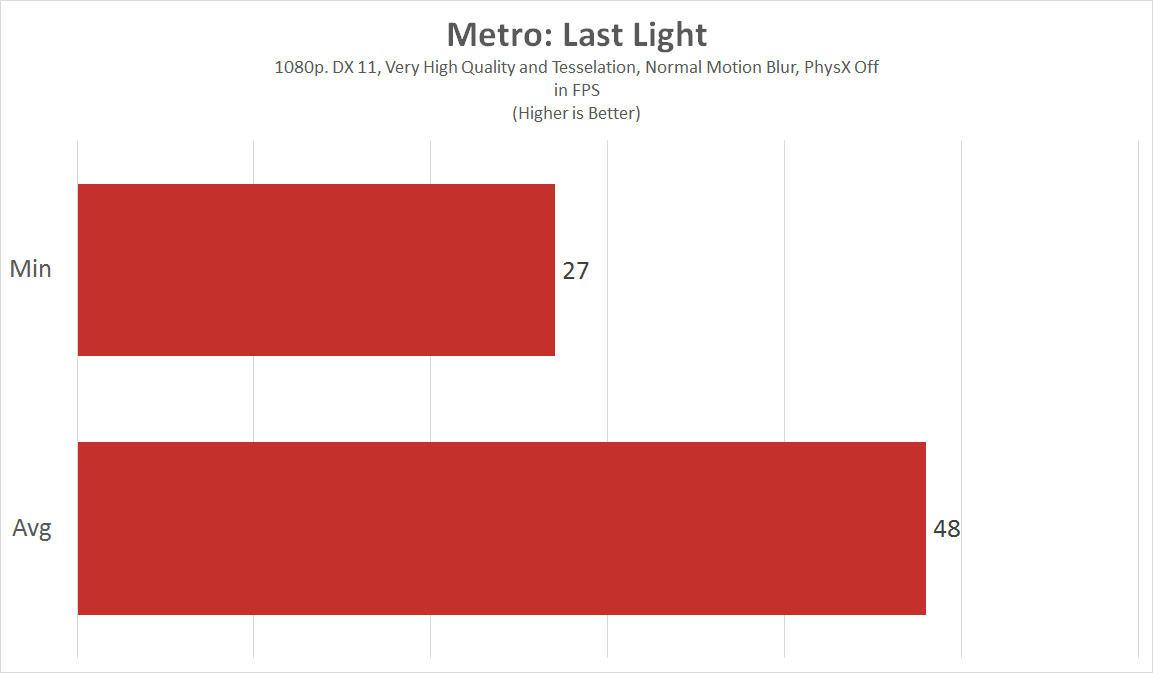
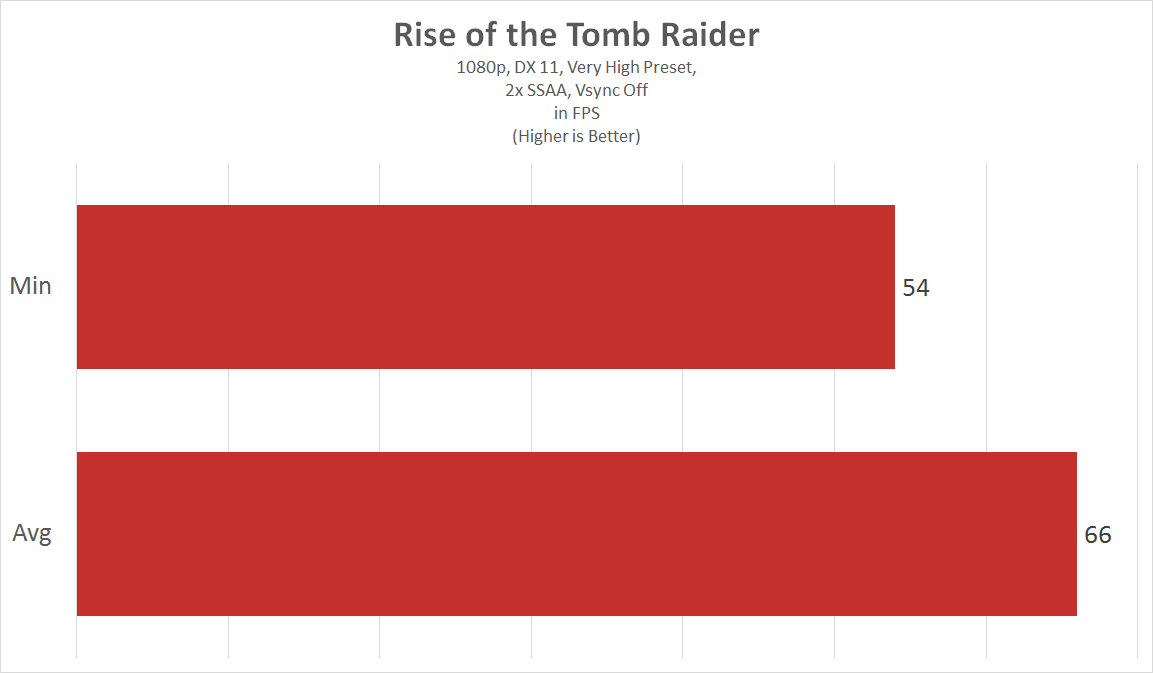
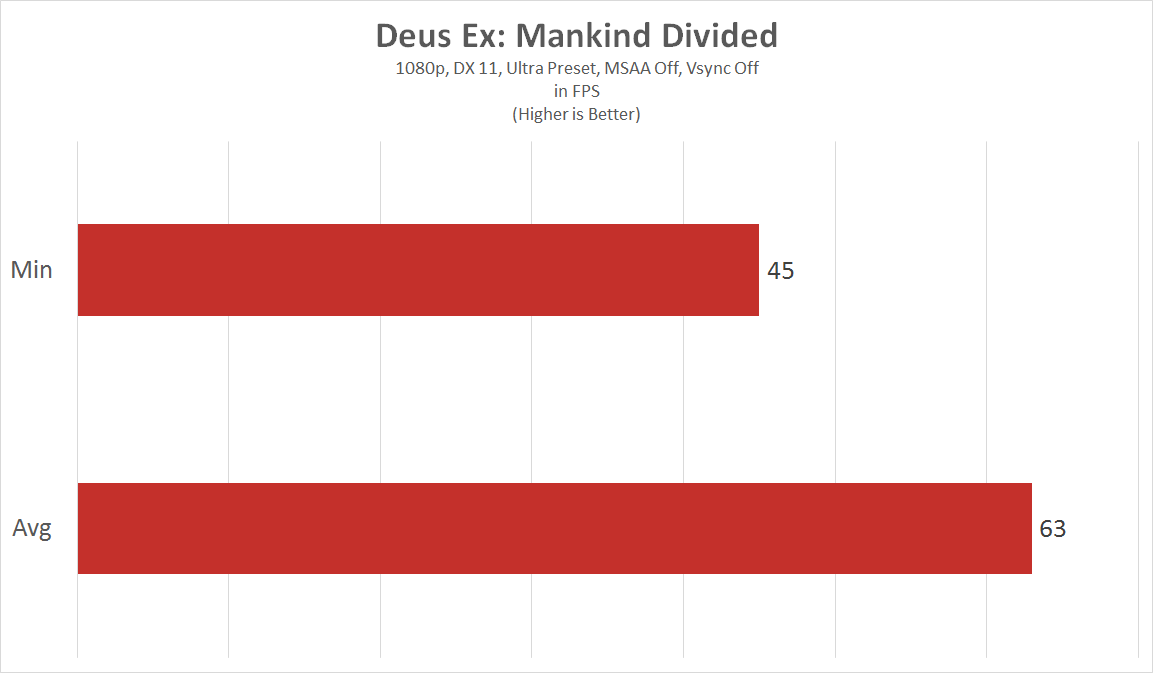

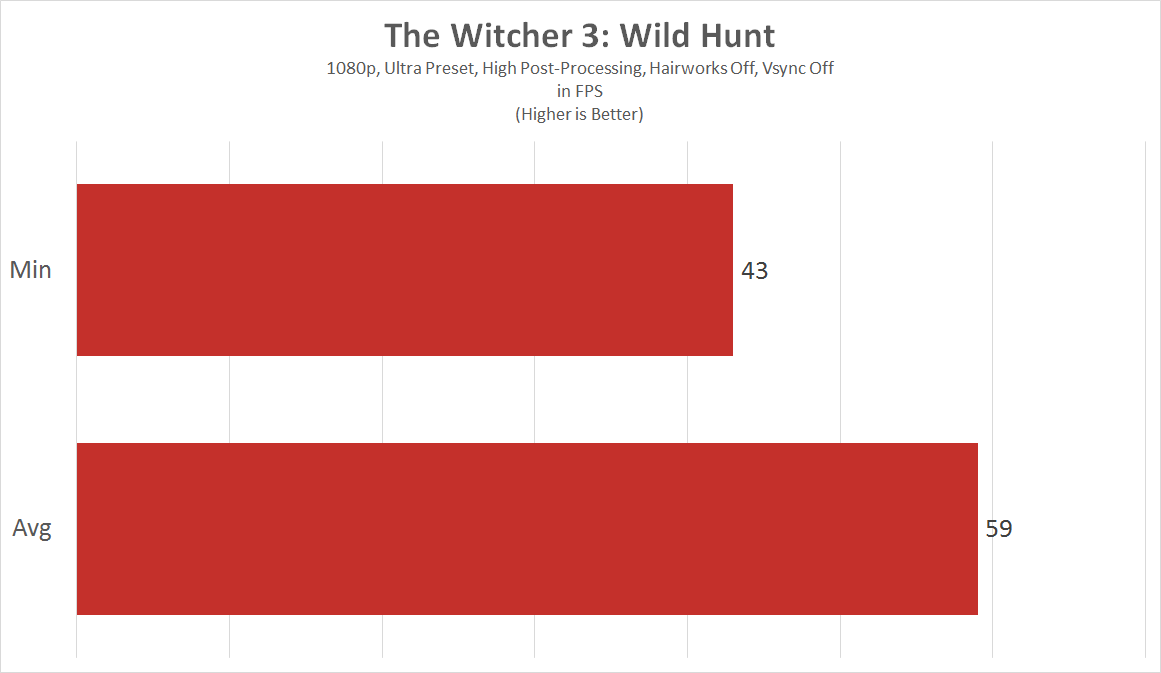
Temperature
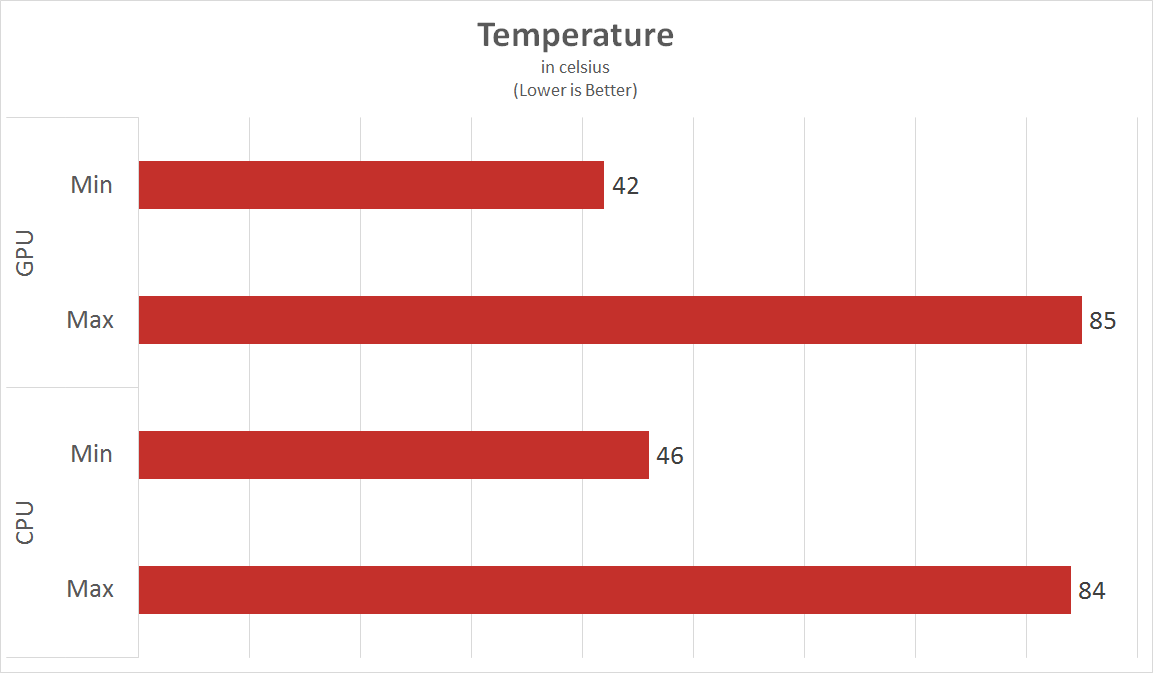
The Titan Pro does well in keeping its components in check in terms of temperature. The notebook didn’t break the 90°c ceiling, which led to a mostly cool experience. Although the fans were turned up to their highest RPM whenever the system do heavy loads.
Conclusion
The MSI GT75VR 7RF Titan Pro does what it aims to be: a centerpiece of your gaming cave. At PhP 179,995 or around USD 3,000, the Titan Pro isn’t exactly a cheap solution for gaming. It’s also as heavy as a truck in your backpack, however, that heft is backed by gaming performance most would appreciate.
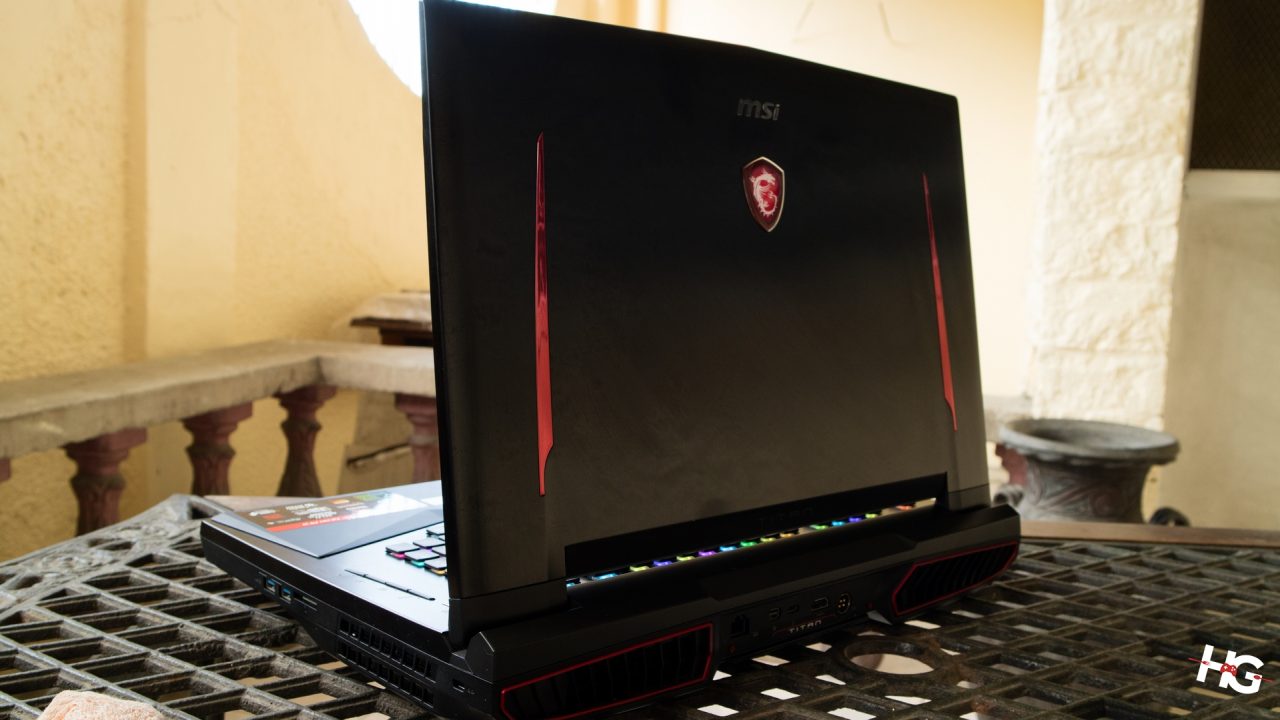
Although battery life is almost non-existent in games and the fan does turn up quite a bit under heavy workloads, its good performance in games and in daily tasks mean that you would be able to do both work and gaming when on the go.

If you’re looking for a notebook that offers a mechanical RGB keyboard, decent screen and audio, worthwhile performance wrapped in an Italian-styled sports car look, then the MSI GT75VR 7RF Titan Pro might just be a gaming notebook worth your while.
